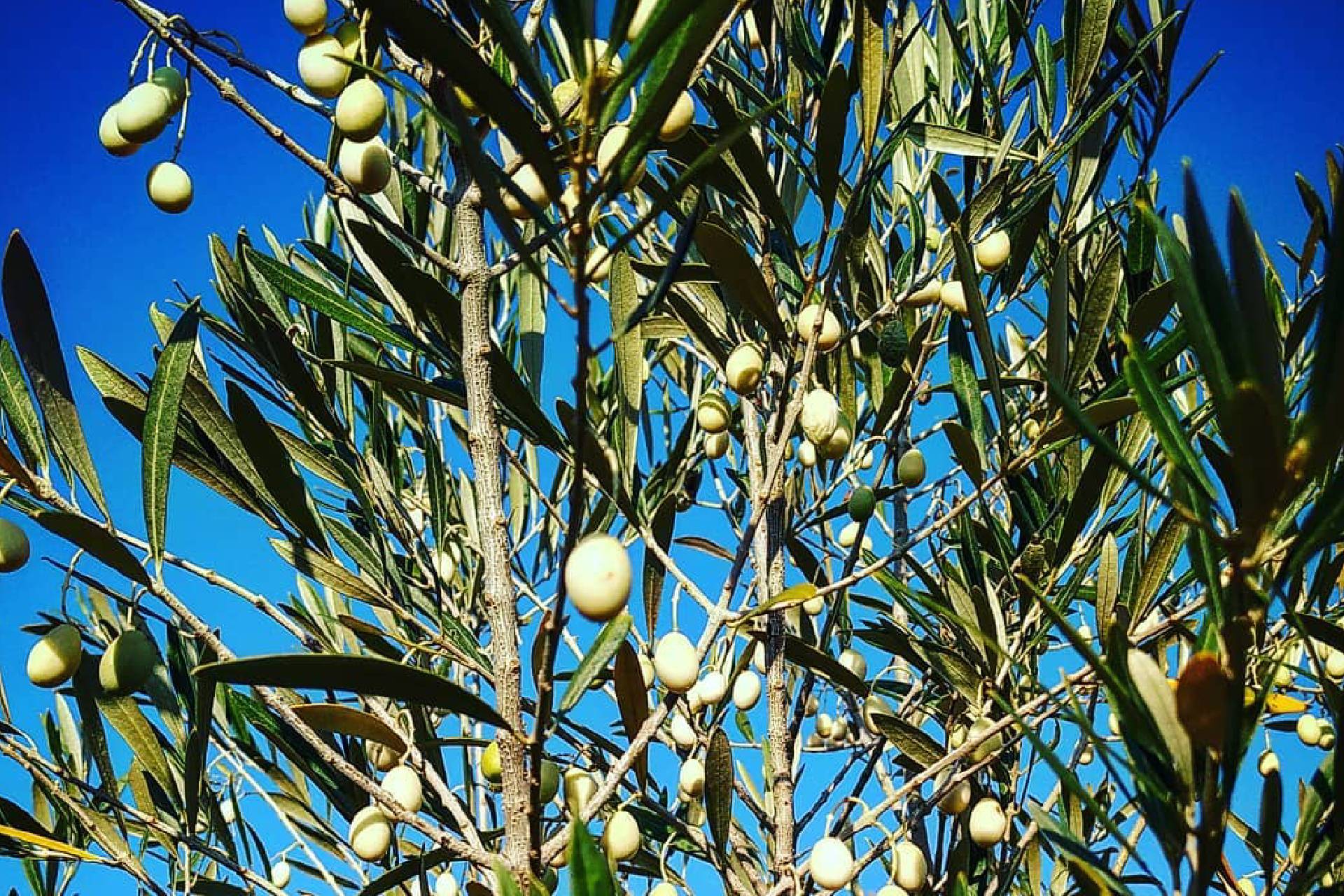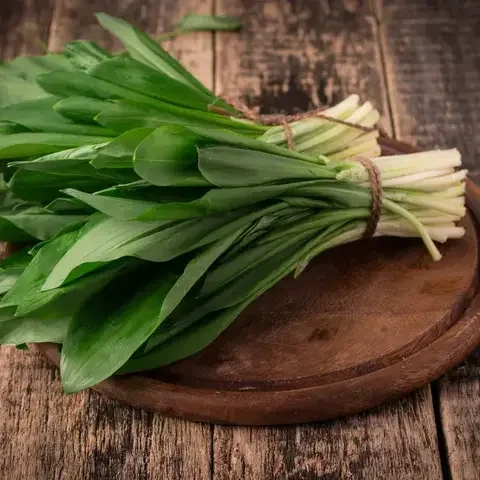So we've heard of green, black and even blue olives, but ivory white olives are the stunning variety that has caught our eye most recently.
White olives, known as Olea europaea var. leucocarpa, have actually been around for centuries and are from an ancient variety of olive tree, also known as leucolea (meaning white olive).
In the past, they were popular in religious and royal circles thanks to their connection with purity thanks to their symbolic colour, but they have never become popular commercially.
The ancient species is relatively rare these days and found mainly in the Mediterranean, but some olive growers are now working to re-introduce the species and bring the tree back to life.
Where are white olives from?
White olives can be found in their home country of Greece “Magna Graecia” or Greater Greece. as well as in more southerly parts of Italy, in Tuscany and especially in Calabria as well as some areas along the Mediterranean coasts of northern Africa, Portugal, Malta and all the way west to the Atlantic shores.















